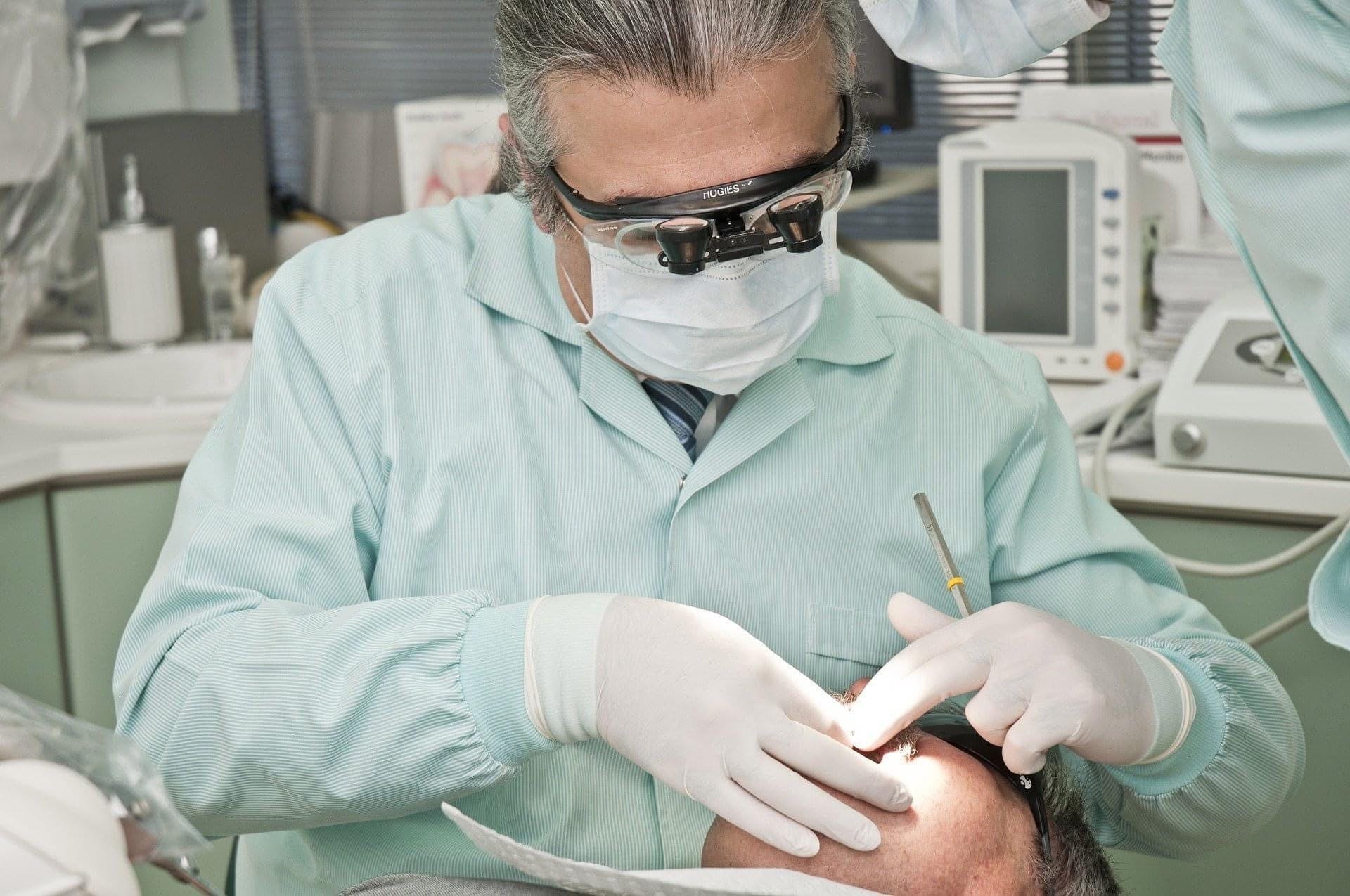Despite no clinical evidence to support that the mineral helps to reduce tooth decay, most communities in the United States still have water that is treated with fluoride. Over time, fear of tooth decay and gum disease has led to an explosion of fluoride toothpaste, mouth rinses, and special enamel treatments that purportedly improve oral health. Contrary to conventional wisdom, Americans are experiencing fluoride overloadthat is causing increased rates of fluorosis, arthritis, and other serious illnesses. This guide has been created to spread awareness for the dangers of fluoride, and to help consumers reduce exposure to this dangerous mineral by avoiding fluoride in popular beverages, fruits, vegetables, and other groceries.
Fluoride Overload.The following facts illustrate how fluoride has grown to become a serious problem for industrialized countries, like the United States, that add the mineral to public drinking water:
- According to the Centers for Disease Control and Prevention, the incidence of dental fluorosis, a condition that causes permanent streaking or off-white coloring to tooth enamel, jumped 23% among children from 1999-2004.
- In a response to escalating cases of dental fluorosis among America’s youth, the United States government has recommended less fluoride be used in public water.
- In the 1990s, researchers found that fluoride can accumulate in the Pineal gland of the brain. In the studies, fluoride accumulation adversely affected melatonin production, caused sleep cycle disturbances, and in some cases caused early onset of puberty.
Tips on How to Avoid Fluoride When Grocery Shopping
1) Natural fluoride level in the water, fruits, vegetables, and other foods is low.
As a mineral, fluoride appears naturally in water and certain foods. However, natural fluoride levels are typically below 0.1 part per million, or ppm (The U.S. EPA limits fluoride in public drinking water to 4ppm). It’s the cultivation, processing, and preparation of food items that cause fluoride concentrations to skyrocket. For this reason, it’s smart to choose organic foods whenever possible (see #5 below).
2) Heavily processed foods contain more fluoride than unprocessed ones.
More often than not, heavily fluoridated public water is used to produce and modify certain foods. These “processed foods” typically have higher levels of fluoride as a result. For example, a chicken nugget (heavily processed) will almost always contain more fluoride than a roasted chicken (lightly processed).
3) Liquid foods have more fluoride than solids.
Fluoride is more prevalent in liquid beverages than in solid foods (see specific examples below).
4) Soda, sports drinks, beer, wine, and other “flavored beverages” contain fluoride.
According to the Fluoride Action Network (FAN), the average “flavored beverage” contains 5-10 times the fluoride concentration of bottled spring water. Soda, sports drinks, beer, and wine usually have a fluoride concentration of about 0.5 to 1ppm. When possible, limit flavored beverages and drink plenty of natural spring water.
5) Fluoride levels are significantly lower in organic foods.
By law, certified organic foods may not be cultivated with fluoride pesticides. Buy organic fruits, vegetables, legumes, and other food items to significantly reduce your exposure.
6) Conventionally (non-organic) grapes contain high concentrations of fluoride pesticides.
A glass of wine might help to prevent cardiovascular disease in adults, but patients are often shocked to learn that wine is also a leading cause for fluoride exposure. Vineyards use fluoride pesticides when cultivating grapes, which ultimately leads to the production of heavily fluoridated wine. There’s an easy way to avoid this common pitfall, however: Shop for certified organic wines.
7) Fluoride is high in processed meats.
Processed meats are particularly high in fluoride because of an industrial practice called mechanical deboning. This is the process through which meat is separated from the bone, and it often results in meat being combined with bone particles that contain high concentrations of fluoride.
Learn More. For more tips on avoiding fluoride while grocery shopping, visit the Fluoride Action Network’s Grocery Store Guide.
Fluoride Free Dentistry in Miami
At Assure a Smile, a holistic approach to dentistry has been practiced since we first opened our doors to the Miami community in 1988. Toxic chemicals like fluoride and mercury-rich dental amalgam (silver fillings) are never used. Instead, each patient exam, cleaning, and the procedure is conducted using only biocompatible materials and dental technologies that are less toxic and minimally invasive.
To learn more about holistic dentistry, schedule an appointment with Assure a Smile online or call our front desk directly at 305-274-0047. It is our pleasure to answer any questions you may have about holistic wellness, minimally invasive dentistry, and the advanced technologies our practice uses to help Miami residents create Healthy Teeth and Gums for Life.





